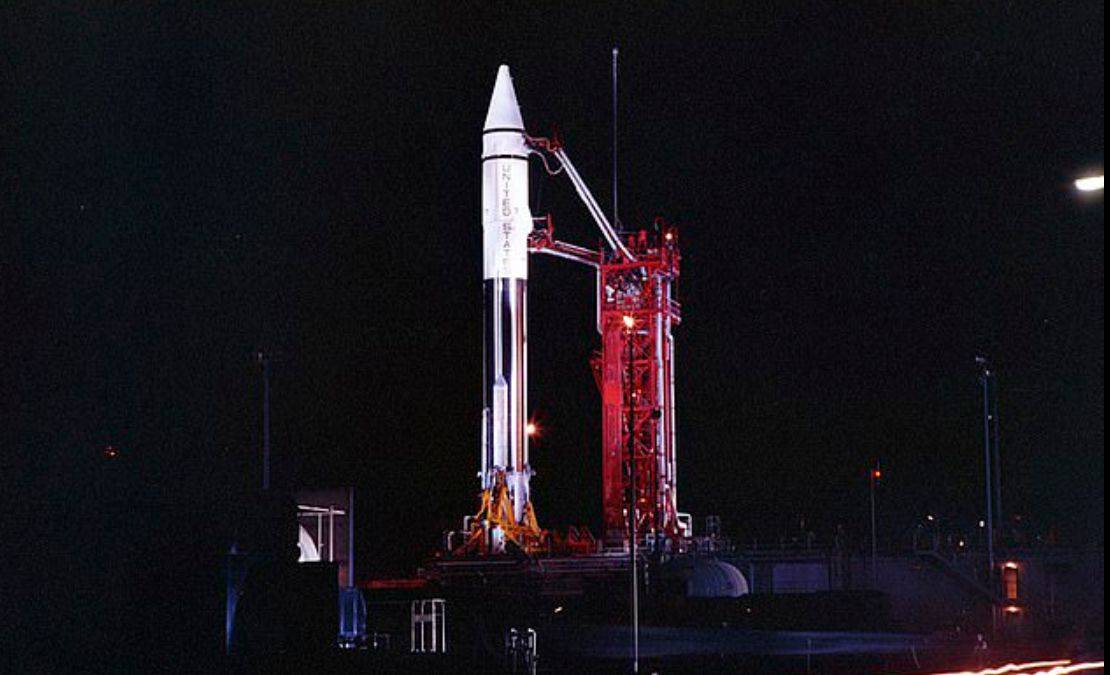When scientists first noticed an asteroid coming near-earth, as observed by NASA’s Hawaii telescope, they never would have dreamt it to be something that they made 54 years ago.
As scientists observed a 26 feet long asteroid approaching towards earth’s orbit they promptly named it ‘asteroid 2020 SO’ only later to realize it was a part of a rocket they launched in 1966.
Before Apollo 11 made its spaceflight and took humans to the moon, NASA’s previous attempt to land on the moon in 1966 was not so spectacular.
About 54 years ago NASA’s Surveyor 2 tried to land on the moon but failed. Its rocket, Atlas-Centaur, that was propelled into the sun’s orbit was considered space junk and nobody thought of it again, well not until recently.
The scientists first had doubts about the object being an asteroid when they closely studied it. The ‘asteroid’ is on the same geomatical plane as earth and has the speed of about 2,414 kilometers per hour (or 1,500 mph), which is significantly less for a real asteroid.
Paul Chodas, Director at the Center for Near-Earth Object Studies at NASA’s Jet Propulsion Laboratory, was the one who realized the different nature of the ‘asteroid’ as he explains it was the round path of the asteroid which it follows around the sun and shares similarities with Earth’s cycle was very surprising and caught his attention.
As the thrilled scientist explains:
“I could be wrong on this. I don’t want to appear overly confident. But it’s the first time, in my view, that all the pieces fit together with an actual known launch.”
He says the discovery holds a special place in his own scientific career as he followed the events of Surveyor 2 closely as they happened in 1966 when he was just an adolescent.
According to him, the ‘asteroid’ will pass about 4 months in Earth’s orbit (from mid-November) until continuing to its previous orbit around the Sun (in March) on its own.
In 1991, Mr Chodas was a part of a discovery which identified space debris to be an asteroid which shared some similarities with Earth’s annual cycles around the sun. But according to him, the current asteroid’s direct and stable approach makes it more probable to be a part of Centaur than any regular asteroid.
Author of the famous book ‘Asteroid Hunters’ Carrie Nugent also supports Mr Chodas claim calling it a ‘good one’ which is supported by evidence.
She further adds, “Asteroid hunters from around the world will continue to watch this object to get that data. I’m excited to see how this develops!”
